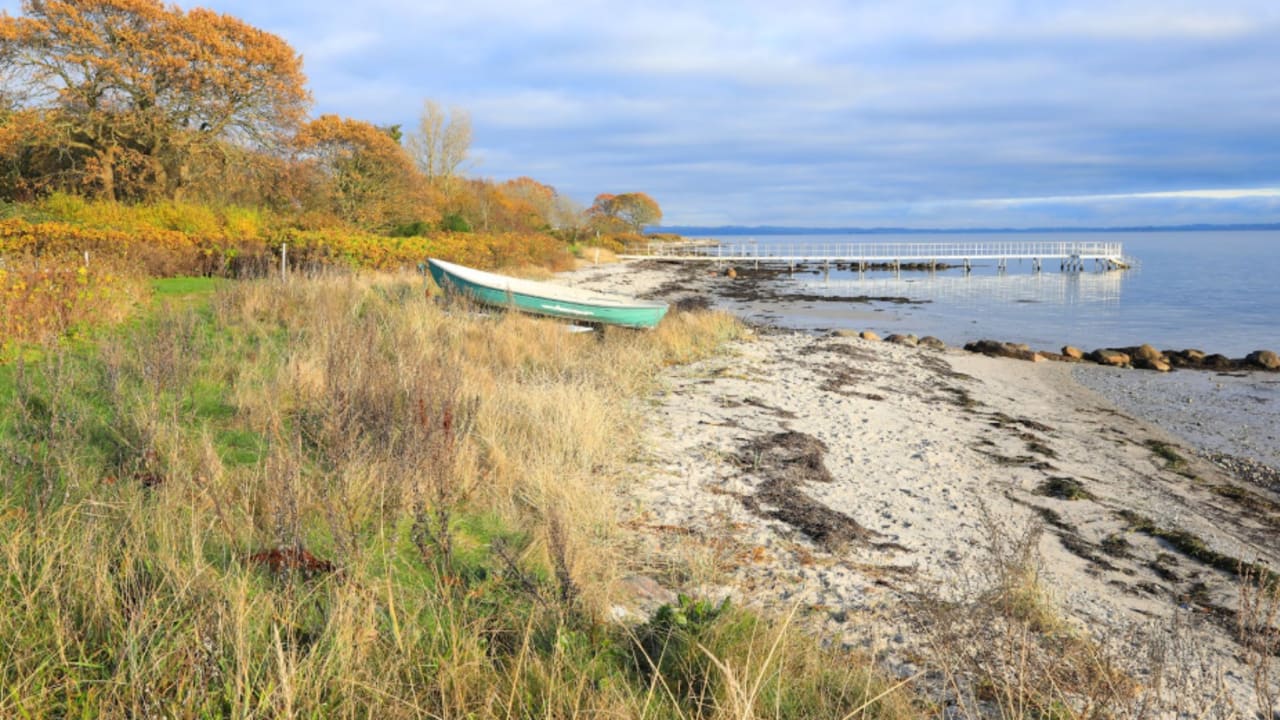Jerusalem Post
ByJERUSALEM POST STAFF
€13.2 million EU-funded project recovers artifacts from submerged Mesolithic settlement, preserved in oxygen-free sediments after rapid sea level rise forced ancient communities inland.
This summer, divers descended about 26 feet beneath the surface of Denmark’s Bay of Aarhus to recover evidence from a Stone Age coastal settlement that disappeared around 8,500 years ago as seas rose after the last Ice Age, reported The Independent.
The dig formed part of a six-year, European Union–funded initiative worth €13.2 million ($15.5 million) to map parts of the Baltic and North Sea seabed and locate submerged heritage and Mesolithic settlements as offshore infrastructure expanded.
Underwater archaeologist Peter Moe Astrup led the excavations with colleagues at the Moesgaard Museum in Højbjerg, who opened about 430 square feet at a small site just off today’s coast. “Here, we actually have an old coastline. We have a settlement that was positioned directly at the coastline,” said Astrup. “We are trying to discover how life was in a coastal village,” he added.
Early dives recovered animal bones, stone tools, arrowheads, a seal tooth, and a small piece of worked wood likely used as a simple tool, indicating human activity and structured tasks at the site, reported CBS News. Divers used specialized underwater vacuums to collect delicate artifacts while the team documented each find in detail. The researchers said they hoped further excavations would uncover harpoons, fishhooks, or traces of fishing structures.
Astrup said the rapid post-Ice Age rise of global sea levels inundated Stone Age settlements, forcing hunter-gatherer communities inland. “Sometimes the water rose by several meters per century,” he said. Most evidence of Stone Age settlements in Denmark was found inland from the ancient coast, underscoring the value of investigating the now-submerged shoreline.
The bay’s oxygen-free sediments preserved wood, hazelnuts, and other organic remains that usually decayed on land. “It’s like a time capsule. When sea level rose, everything was preserved in an oxygen-free environment ... time just stops,” said AstrupThe team aimed to reconstruct daily life along the ancient coast from artifacts and environmental clues.
To chart how fast the waters rose, Danish researchers turned to dendrochronology, the study of tree rings. Submerged tree stumps preserved in mud and sediment could be dated precisely, revealing when rising tides drowned coastal forests. “We can say very precisely when these trees died at the coastlines,” said Jonas Ogdal Jensen, a dendrochronologist at Moesgaard Museum, adding, “That tells us something about how the sea level changed through time”.
The team placed the Bay of Aarhus discoveries within a broader reshaping of Northern Europe’s coasts as seas rose—changes that also submerged Doggerland, the landmass that once connected Britain to continental Europe and now lies beneath the southern North Sea. “It’s hard to answer exactly what it meant to people. But it clearly had a huge impact in the long run because it completely changed the landscape,” said Astrup.
Work continued in the relatively calm, shallow waters of Aarhus Bay and off the coast of Germany, with later dives planned at two more exposed North Sea locations. As the world faceד rising seas - averaging around 1.7 inches per decade up to 2023 - the researchers said they hope the submerged settlement would help explain how ancient societies adapted to shifting coastlines more than eight millennia ago.


















